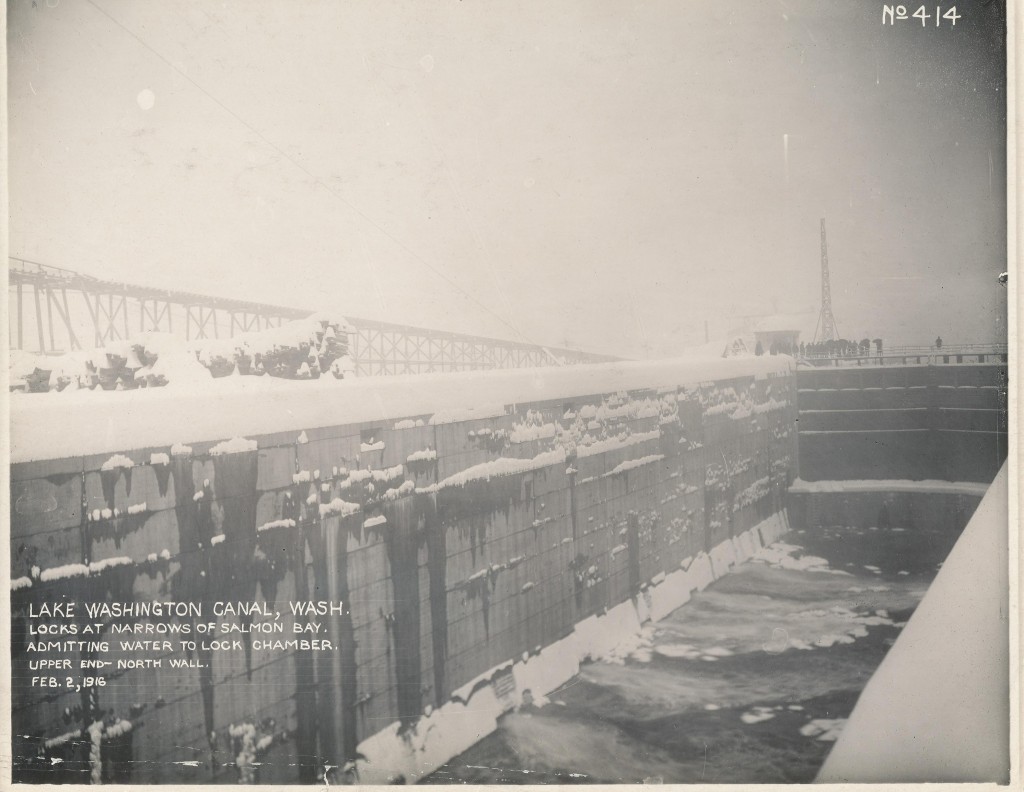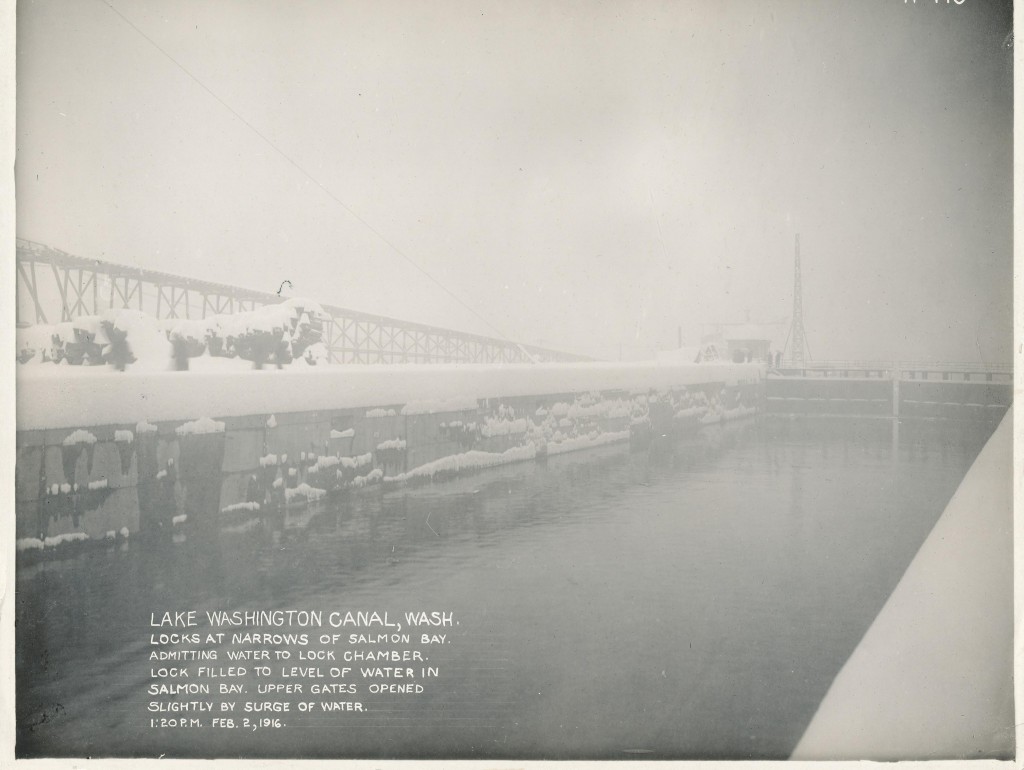Wow, a first for me. A book of mine (Cairns: Messengers in Stone) was referenced in an article in Nature. The article is titled “Chimpanzee accumulative stone throwing” and was written by a team of writers from around the world. They report on how chimps collect stones, bang and throw them against trees, and “toss them into tree cavities, resulting in conspicuous stone accumulations at these sites.” It is the first time any animal besides humans have been reported to do this.
 I am honored that the authors cited me, and that they had even found my book, but I would like to point out that I sort of hypothesized such behavior in my book. On page 16, I wrote about the indirect evidence that Australopithecus afarensis used tools 3.4 million years ago. “If all Lucy (A. afarensis) did was pick up a sharp rock and slice a piece of meat for her lunch…surely she could have piled up a rock or two to let her family know where she was going or where she left that recently killed animal.”
I am honored that the authors cited me, and that they had even found my book, but I would like to point out that I sort of hypothesized such behavior in my book. On page 16, I wrote about the indirect evidence that Australopithecus afarensis used tools 3.4 million years ago. “If all Lucy (A. afarensis) did was pick up a sharp rock and slice a piece of meat for her lunch…surely she could have piled up a rock or two to let her family know where she was going or where she left that recently killed animal.”

Here’s what the article says “Superficially, these cairns appear very similar to what has been described here for chimpanzee accumulative stone throwing sites, thus it would be interesting to explore whether there are any parallels between chimpanzee accumulative stone throwing and human cairn building, especially in regions of West Africa where the local environment is similar.”
Now, I have to admit I was being a bit facetious in my observation in Cairns but perhaps I wasn’t so far off the mark.


